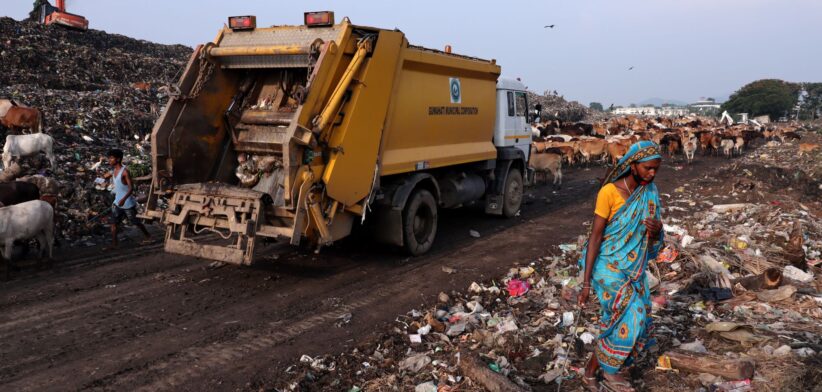The expansion of garbage dumps in developing countries are creating the ideal pathway to the next pandemic.
James Cook University Professor Bruce Gummow said a new study showed how these garbage dumps concentrated people, waste and animals in the same areas and could be dangerous reservoirs for diseases, such as COVID 19.
Professor Gummow, working with researchers at the Mahidol University in Thailand, looked at the interaction between waste, animals and the millions of people who made their living as garbage pickers, scouring rubbish dumps for material to resell or reuse.
He said an increasing trend in epidemics from zoonotic diseases, which jumped from animals to humans, and emerging infectious diseases (EIDs) had been observed worldwide.
“Most EID outbreaks originate from wildlife, and these outbreaks often involve pathogen–host–environment interaction. Garbage dumps act as an interface between humans, animals, and the environment, from which EIDs could arise,” Professor Gummow said.
“Compared to the natural environments, garbage dumps provide food for animals all year round.”
He said a high population density of multiple species at a dump site increased the rate of contact within and between species, allowing for the rapid transfer of pathogens and an increased chance of new pathogen strains emerging.
Professor Gummow said animals that visited garbage dumps were found to have a high prevalence of infectious diseases and many people who worked as garbage pickers did so in unhygienic, unhealthy conditions and were also generally in poor health.
“Most waste pickers in developing countries were informal workers who were unable to access proper healthcare and, as a result, could potentially carry diseases without being aware of it or able to do something about it if they were. They are at high risk while also being more likely to be exposed to different zoonotic pathogens.”
He said garbage dumps may also facilitate the exchange of genetic material among bacteria, leading to the emergence of new, drug-resistant strains.
“By 2050, it’s estimated that cities will generate more than six million tons of solid waste per day. The percentage of organic matter in waste composition is high in low-income countries, with uncontrolled disposal, such as open dumps with open burning, a common practice,” Professor Gummow said.
He said a comprehensive examination of the disease ecology within garbage dumps was needed, coupled with sustainable waste management that reduced waste generation and improved waste collection and disposal.
Read the full study: A review of risk factors at the human-animal-environmental interface of garbage dumps that are driving current and emerging zoonotic diseases.








